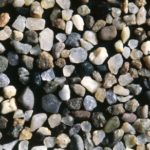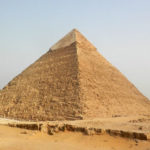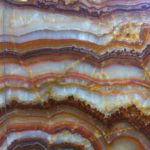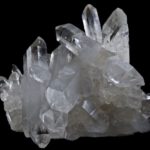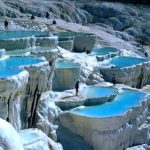Interesting facts about granite
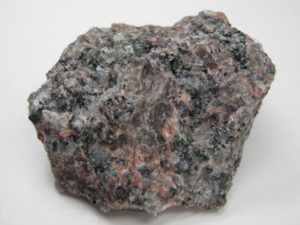 Granite is widely spread in the modern world. Many of us walk the granite steps every day and touch the granite rails, but usually nobody thinks about how amazing this mineral is. But it is not in vain for so long used by builders of many nations – durable and reliable, granite has rightfully won its popularity.
Granite is widely spread in the modern world. Many of us walk the granite steps every day and touch the granite rails, but usually nobody thinks about how amazing this mineral is. But it is not in vain for so long used by builders of many nations – durable and reliable, granite has rightfully won its popularity.
Granite is an extremely granular mineral, much grainy than marble. Actually, its Latin name – granum – and means in translation from Latin “grain”.
Granite contains a fair share of feldspar, and its color is determined precisely by this factor. Therefore, there are so many types of granite.
Many high mountains are formed mainly from granite. Of the most famous granite peaks, one can mention Mont Blanc. The third highest peak in the world – Kanchenjunga – is also granite.
The entire granite, ever discovered, was formed under monstrous pressure at a depth of one to twenty kilometers, and subsequently, for many millions of years, was on or near the surface.
The main element forming the continental crust is granite.
Granite has a high density. The cubic meter of granite is approximately two and a half times heavier than a cubic meter of water.
Granite is a fairly radioactive mineral. No, it is not dangerous – it is radioactive only in comparison with the overwhelming majority of other minerals.
A surprising fact – through the granite array sounds propagate much faster than through the air. About ten times.
The composition of granite includes a fair share of pure oxygen, about 50 percent.
The average age of granite on Earth is about fifty million years.

